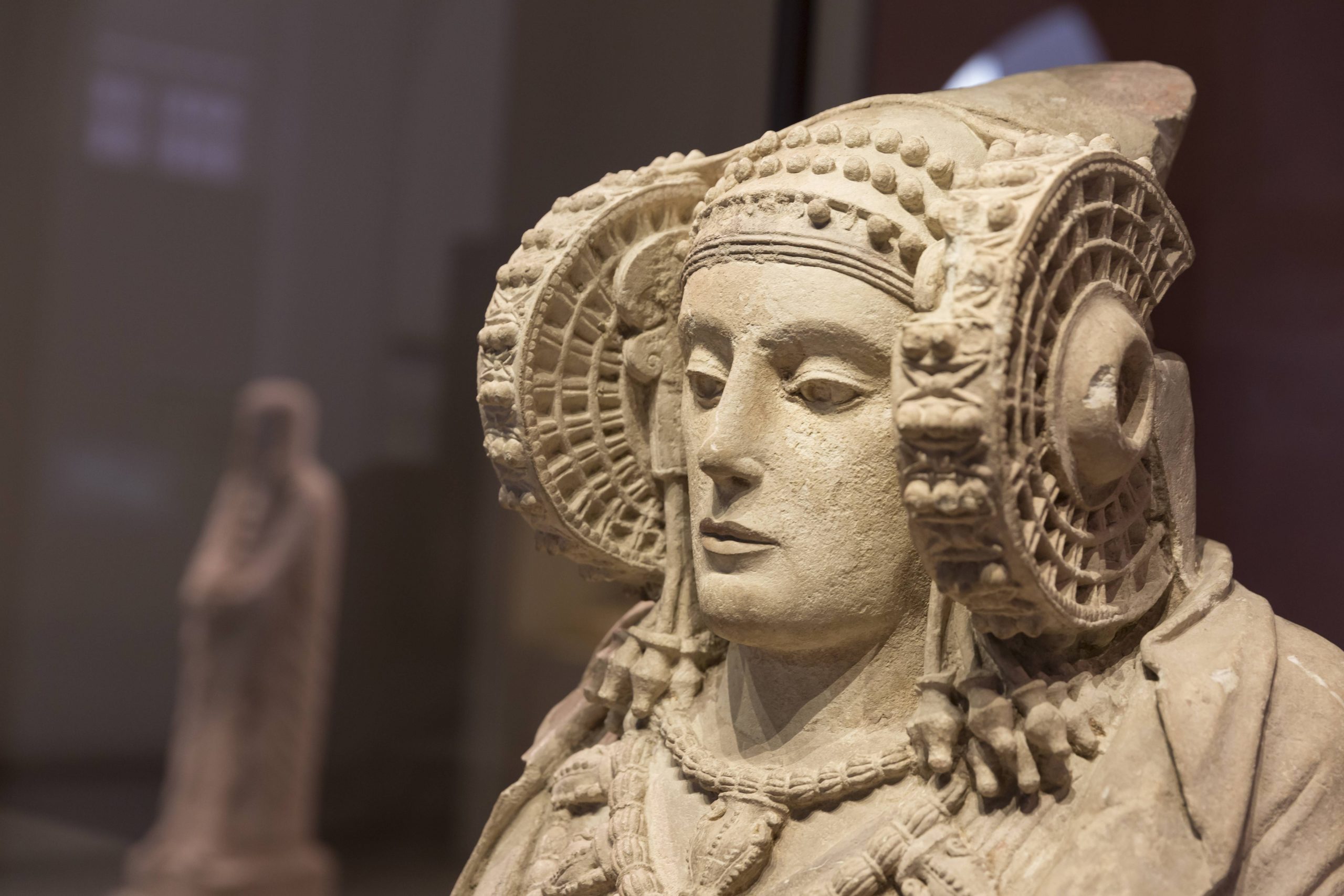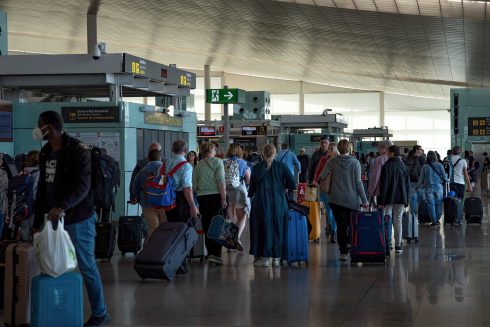ON August 4, 1897, a teenager accidentally discovered what has been regarded as the jewel of Iberian art ever found in Spain- The Lady of Elche.
Manuel Campello, 18, was doing some agricultural work in the Alcudia district and found what looked like a stone.
When he removed it, the face of the now-famous bust appeared.
The sculpture was slightly inclined to its right, facing southeast, on two slabs of protective stone slabs which meant it had been deliberately concealed.
Once deposited the piece was filled with sand from La Marina beach, allowing the Lady to be largely preserved.
A week after the find, the French archaeologist Pierre Paris came to Elche and bought the bust for 5,200 pesetas- converted into over €30 in today’s currency!
The sculpture ended up on display at the Louvre in Paris for more than four decades, and it was there that it was given its name Lady of Elche.
On February 8, 1941, the Lady crossed the border through Portbou by train on her way to Madrid along with other Spanish artistic and archaeological works to the Prado.
After a fleeting two week stay in Elche in 1965 at an Iberian culture exhibition, the Lady moved from the Prado to the National Archaeological Museum.
In 2006, on the occasion of the inauguration of Elche’s Archaeological and Historical Museum(MAHE), she spent nearly six months in her home city where was valued at €15 million for insurance purposes.
She measures 56 cm high, 49 cm wide and 37 cm deep at the base- weighing in at 65 kilos.
Experts date her origin from around the beginning of the 4th century BC.
Elche council has long campaigned for the bust to be permanently returned to the city but have been continually rebuffed.
READ MORE:
- Fresh demand for priceless 2,400 year-old statue to return to Costa Blanca city in Spain
- Fresh bid fails to get iconic ‘Lady of Elche’ back to her home turf on Spain’s Costa Blanca










